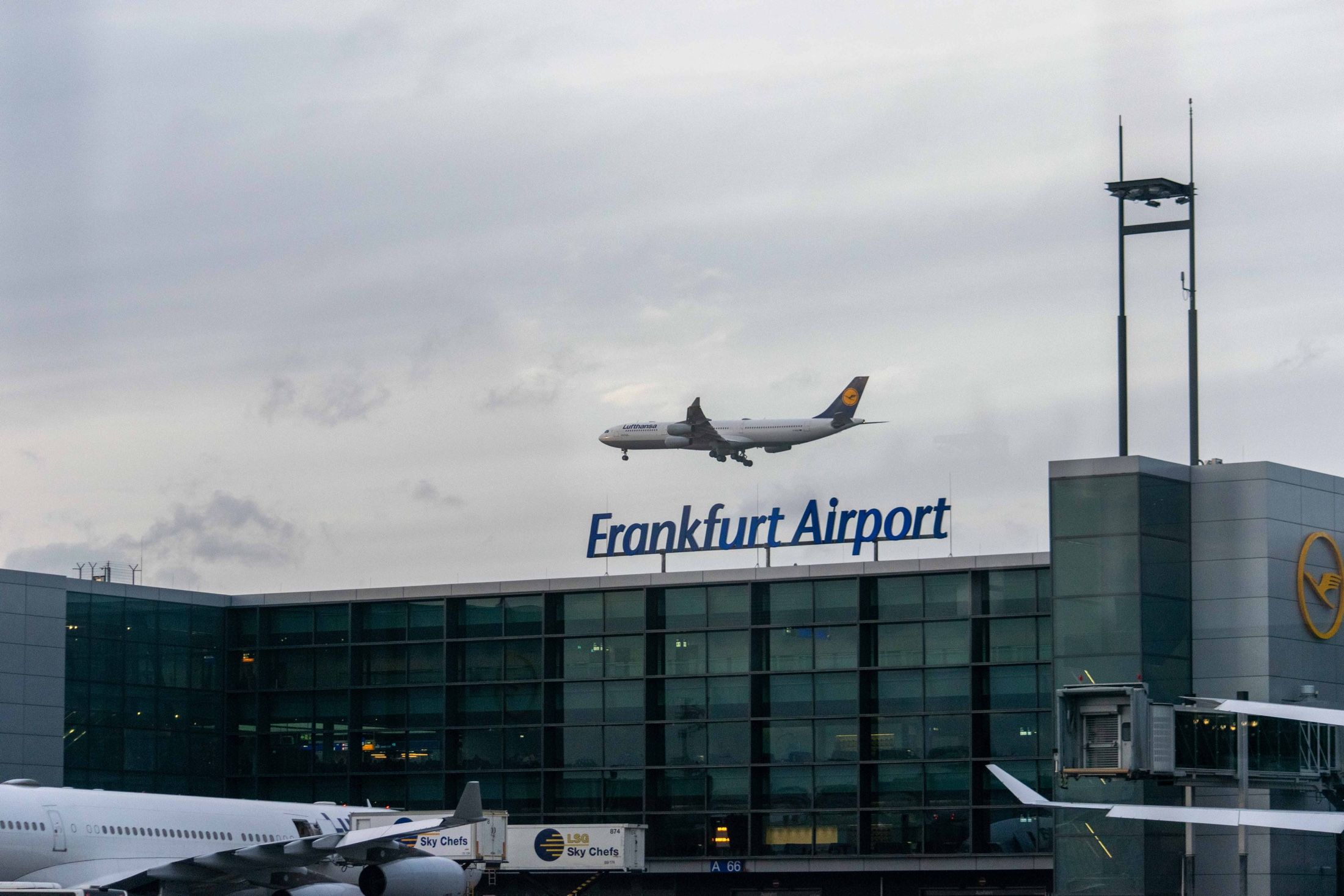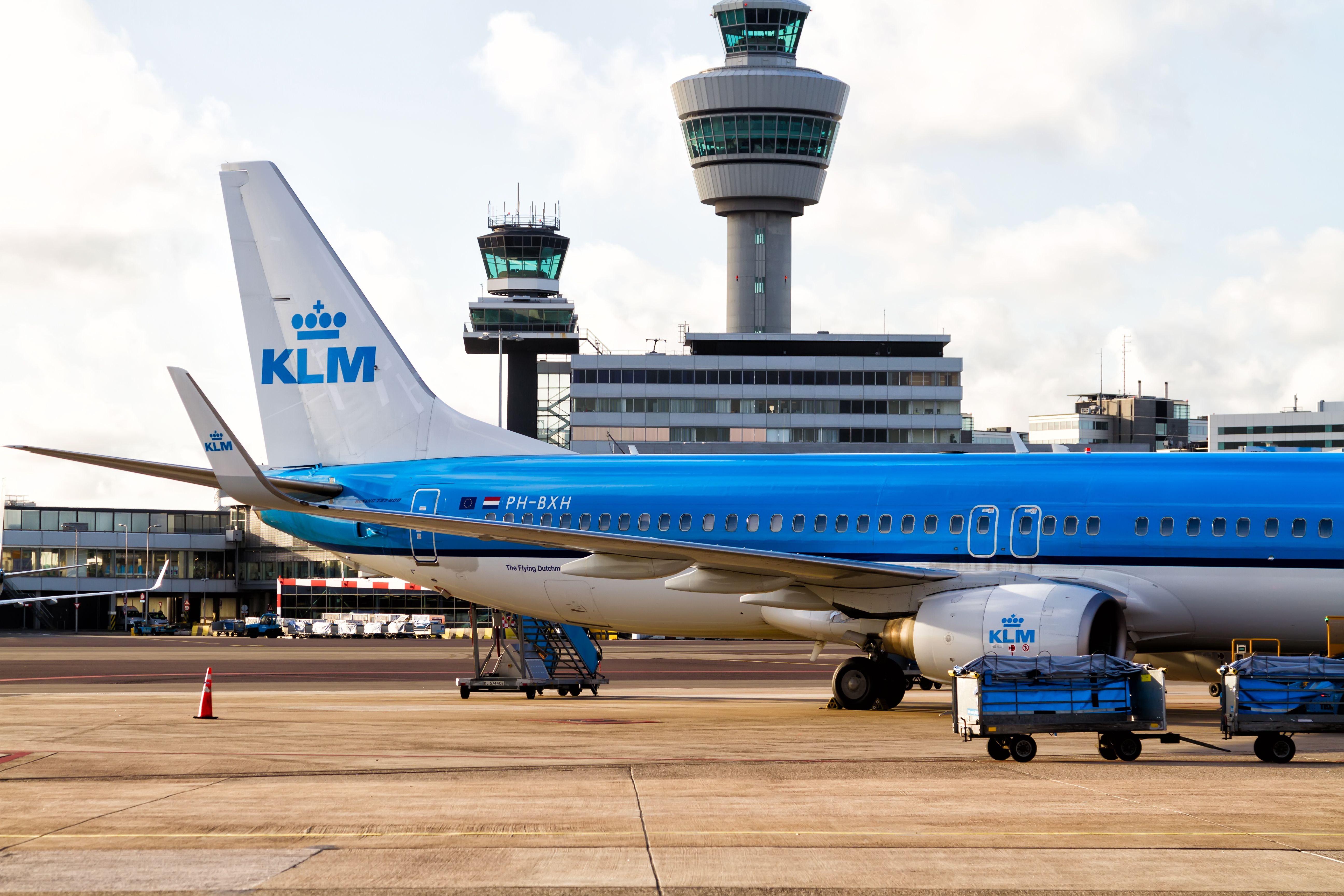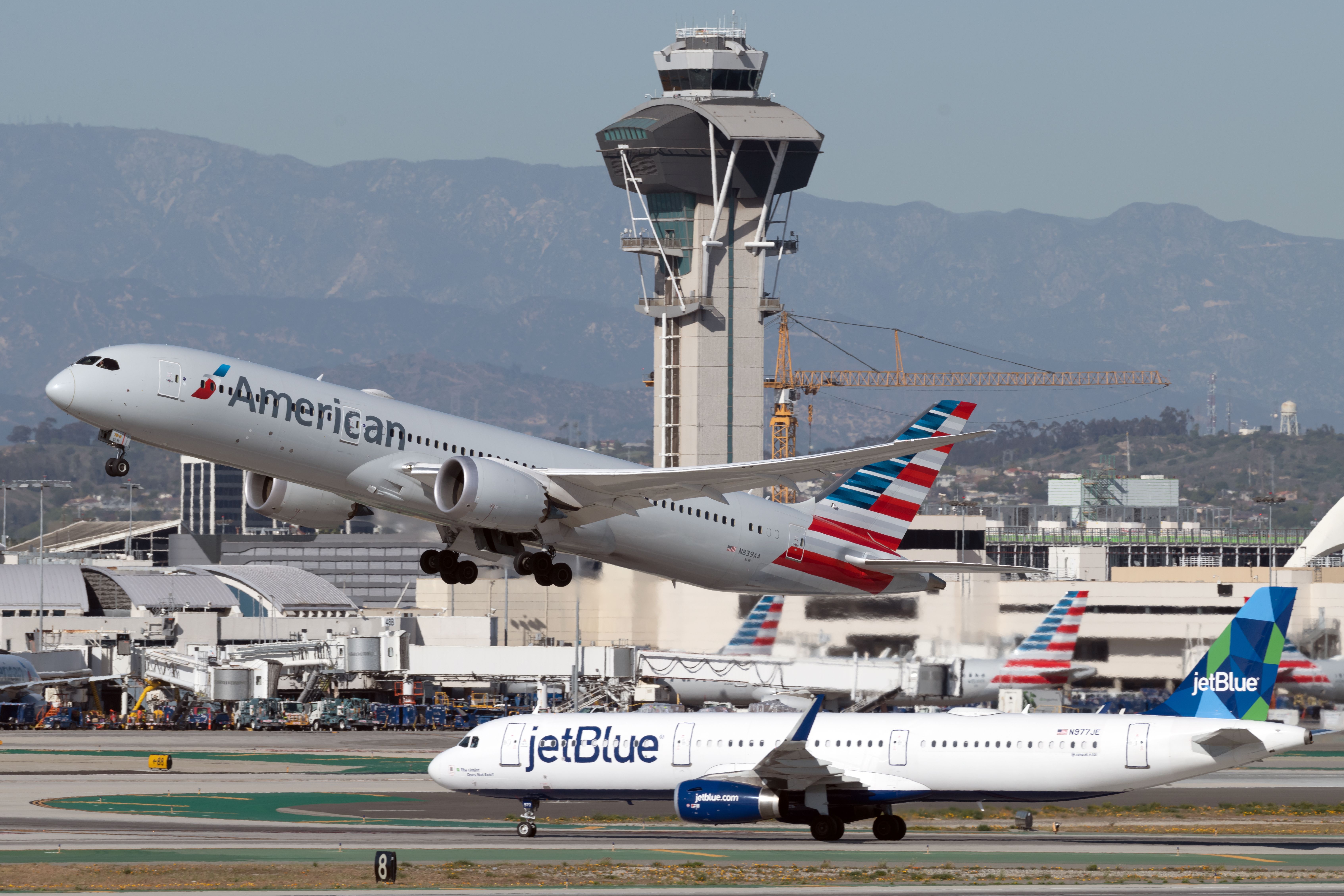The trend toward full pandemic recovery has continued this year, with the International Air Transport Association (IATA) reporting global traffic is now at 84.2% of January 2019 levels. In its latest air passenger traffic report released yesterday, IATA said that January 2023 traffic increased by 67% compared to January last year.
IATA measures passenger traffic using revenue passenger kilometers (RPKs) in this report. An RPK measures passenger demand calculated by multiplying the number of revenue-paying passengers aboard an aircraft by the distance the aircraft traveled.
International traffic is driving the recovery
It's not news that domestic traffic remained strong, with many nations already operating at pre-pandemic levels. The relaxing of travel restrictions in China is now starting to translate into airline passengers, which helped domestic RPKs to rise by 32.7% in January compared to the same month last year.
International traffic is also feeling the impact of China's reopening and the continuing growth from other North Asian markets that held on to restrictions longer than the rest of the world. Those markets include Japan, Taiwan, South Korea and Hong Kong, and their traffic boosted international RPKs by 104% in January compared to 2022. Overall, total domestic traffic was 97.4% and international at 77% of January 2019.
In yesterday's announcement, IATA director general and former IAG CEO Willie Walsh said that air travel demand is off to a very healthy start in 2023. He added:
"The rapid removal of COVID-19 restrictions for Chinese domestic and international travel bodes well for the continued strong industry recovery from the pandemic throughout the year. And, importantly, we have not seen the many economic and geopolitical uncertainties of the day dampening demand for travel."
Looking ahead to the rest of 2023, Walsh believes the strong travel demand continuing through the slower winter season in the Northern Hemisphere "sets the stage for an even busier summer." However, he is not happy with the proposed restrictions at Amsterdam Schiphol Airport.
"At a time when many are just beginning to enjoy their newly restored travel freedoms, it is especially disappointing to see the Dutch government making plans to limit their movements by unilaterally and unjustly reducing operations at Schiphol Airport."
Get the latest aviation news straight to your inbox: Sign up for our newsletters today.
Asia-Pacific is lifting its game now China is back
Globally, the leading region by RPKs in January was Europe with 30.7% of traffic, followed by North America (28.9%), Asia-Pacific (22.1%), the Middle East (9.8%), Latin America (6.4%) and Africa (2.1%). The global market grew by 67% compared to January 2022, although Asia-Pacific (114.9%), Africa (113.8%) and the Middle East (91.1%) grew at a faster rate. The least growth came from Latin America, which increased by 24.3% compared to January 2022.
International traffic accounted for 57.9% of global RPKs, while domestic travel landed at 42.1%. Europe dominates international traffic, recording 26.3% of global RPKs, while the Middle East, North America and Asia-Pacific make up around 9% each. The most significant change was in Asia-Pacific, which grew by 376% compared to January 2022.
With China only starting to crank up capacity and demand, the US leads domestic air travel, making up 19.3% of global RPKs, followed by China with 6.4%. IATA does not detail domestic RPKs by region and only includes results from six countries, the United States, the Peoples' Republic of China, India, Japan, Brazil and Australia.
These six countries make up 31% of global total RPKs and 74.5% of total domestic RPKs. The US is the only one that exceeded January 2019 levels, although India and Brazil are just single digits away from matching that.
When do you think the global recovery will hit 100%? Let us know in the comments.




